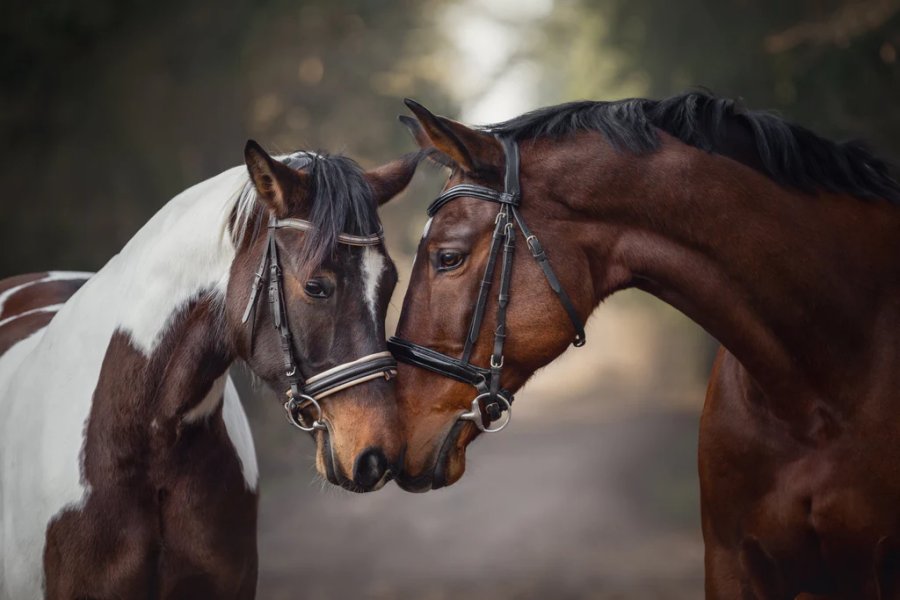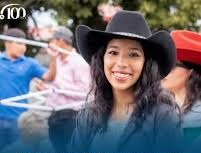Horse Care Fundamentals: What Every Responsible Owner Must Know

Owning a horse is a fulfilling journey, but it demands significant dedication. Horses are intelligent, sensitive creatures relying on their owners for daily necessities, proper housing, and companionship. Whether new to horse ownership or experienced, revisiting the essentials of equine care ensures your horse stays healthy, comfortable, and happy. Below, we outline the critical components of horse care that every responsible owner must prioritize.
Understanding Basic Needs
The foundation of horse care lies in fulfilling your horse’s daily requirements. Horses thrive when their needs for nutrition, water, shelter, and social interaction are consistently addressed.
A horse’s diet should primarily feature high-quality forage, like hay or grass. Concentrates (grains or pellets) can supplement based on activity, age, and condition, but forage remains the core. Horses naturally graze throughout the day, so feeding small, frequent portions supports a healthy digestive system. Constant access to a salt lick and fresh, clean water is vital.
Shelter and Environment
Horses adapt to various setups, from stables to paddocks. Stables need good ventilation, no draughts, and clean bedding. For horses kept outdoors, provide shelter from extreme weather and ample grazing space. Regular field upkeep, like clearing droppings and inspecting fences, ensures a safe environment.
Companionship
Horses, as herd animals, thrive in social settings. They benefit from interaction with other horses or compatible companions like donkeys. Isolation can lead to stress and behavioral problems, so strive to create a social environment whenever feasible.
Grooming and Hoof Care
Grooming goes beyond aesthetics; it’s essential for your horse’s health and wellbeing.
Grooming Routines
Daily grooming removes dirt, sweat, and loose hair, preventing skin issues and infections. It also allows owners to inspect for cuts, swelling, or unusual changes. Grooming fosters a bond between horse and handler while enabling early detection of health concerns.
Hoof Maintenance
The saying “no hoof, no horse” holds true. Hooves require daily cleaning to remove stones, mud, and debris, reducing risks of thrush and lameness. Regular farrier visits every six to eight weeks, whether shod or barefoot, are crucial for maintaining hoof health and structure.
Exercise and Training
Keeping your horse physically active is vital for their health and happiness. Exercise helps maintain muscle tone, supports digestion, and provides mental stimulation.
Turnout and Free Movement
Even with regular riding, horses benefit from paddock turnout for free movement and social interaction. Combining exercise with turnout prevents stiffness and boredom.
Training and Handling
Training should be consistent, fair, and patient. Horses respond well to clear signals and routines. Whether teaching groundwork or advancing ridden skills, prioritize safety and kindness. Calm, positive handling builds trust and confidence.
Veterinary and Preventative Care
Routine veterinary care is essential to keep your horse healthy and to prevent minor problems from developing into serious conditions.
Vaccinations and Worming
Horses need vaccinations against tetanus and equine influenza as standard. Your vet can recommend additional vaccines based on lifestyle and risks. Worm control, using targeted strategies and regular faecal egg counts, helps prevent resistance.
Dental Care
Horses’ teeth grow continuously, and sharp edges can cause pain or difficulty eating. Regular dental check-ups, usually once or twice a year, are vital for maintaining good oral health.
General Health Monitoring
Check your horse daily for signs of illness, such as changes in appetite, behaviour, or appearance. Subtle issues can escalate quickly, so early intervention is key.
Tack, Equipment, and Safety
Properly fitted tack is critical for your horse’s comfort and performance. Poorly fitting saddles or bridles can cause pain, sores, and behavioral issues. Have saddlery fitted by a professional and inspect equipment regularly for wear.
Safety is paramount. From wearing proper riding gear to ensuring secure fencing and safe stable design, minimizing risks benefits both horse and owner.
Continuing Education and Resources
Horse ownership is a journey of constant learning. Even experienced owners encounter new challenges, which is why staying informed is so important. Online platforms like horseclicks.com provide a wealth of information, as well as a marketplace for equestrian equipment, horses, and services. Exploring trusted resources helps owners keep up to date with the latest advice on horse health, training, and care.
Final Thoughts
Being a responsible horse owner means prioritizing your horse’s welfare in every aspect of care. From proper nutrition and regular grooming to veterinary care and safe handling, each element contributes to your horse’s wellbeing.
Horses offer trust, companionship, and strength. In return, they deserve consistent, thoughtful care and respect. By adhering to these essentials, you ensure your horse’s health and foster a strong, enduring bond.





